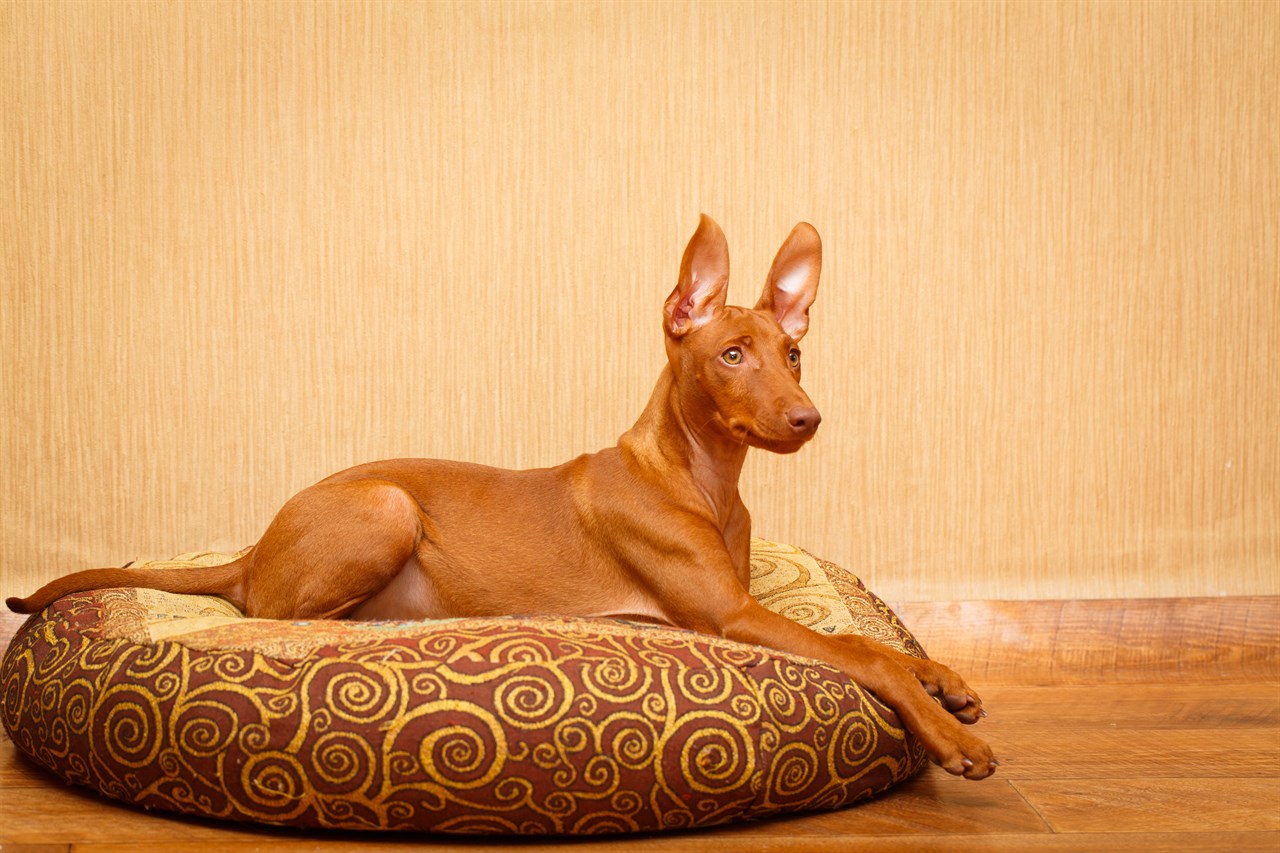Expected Life Span of the Cirneco dell'Etna

The Cirneco dell'Etna is generally a robust and healthy breed with a relatively long life span compared to some other dog breeds. On average, Cirnecos can live between 12 to 15 years, with many individuals reaching the upper end of this range when provided with proper care, nutrition, and regular veterinary check-ups. Several factors contribute to the longevity of Cirneco dell'Etnas.
Genetic Health
The breed's origins as a hardy and adaptable hunting dog have contributed to its overall genetic health. Responsible breeding practises aimed at minimising hereditary issues play a significant role in the longevity of individual Cirnecos.
Size and Build
Cirnecos are a small to medium-sized breed with a lean and athletic build. Generally, smaller dog breeds tend to have longer life spans compared to larger breeds. Their moderate size contributes to reduced stress on joints and a lower risk of certain health issues associated with larger dogs.
Proper Nutrition
Providing a well-balanced and nutritionally appropriate diet throughout their life is crucial for the health and longevity of Cirnecos. A diet that meets their specific needs, taking into account factors such as age, activity level, and any health considerations, contributes to overall well-being.
Regular Exercise
Cirnecos are an active and agile breed with a natural inclination for physical activity. Regular exercise not only keeps them physically fit but also supports mental stimulation, preventing boredom-related behaviours. An active lifestyle contributes to their overall health and longevity.
Veterinary Care
Routine veterinary check-ups, vaccinations, and preventive care are essential for detecting and addressing potential health issues early on. Regular dental care, parasite control, and vaccinations contribute to the overall well-being of Cirnecos and can extend their life expectancy.
Responsible Breeding Practises
Ethical breeding practises that prioritise the health and genetic diversity of the breed play a significant role in determining the life span of individual Cirneco dell'Etnas. Reputable breeders focus on minimising hereditary issues through health screenings and responsible pairing of breeding pairs.
Environmental Factors
A stable and comfortable living environment, with appropriate shelter, temperature control, and protection from hazards, contributes to the overall health and longevity of Cirnecos. Minimising exposure to environmental toxins and providing a safe space support their well-being.
It's important to note that individual life spans can vary, and factors such as genetics, diet, exercise, and healthcare play significant roles. Providing your Cirneco with a loving and attentive environment, along with regular veterinary care, sets the foundation for a long and healthy life.
Cirneco dell'Etna puppies for sale
- Find Cirneco dell'Etna puppies for sale in ACT
- Find Cirneco dell'Etna puppies for sale in NSW
- Find Cirneco dell'Etna puppies for sale in NT
- Find Cirneco dell'Etna puppies for sale in QLD
- Find Cirneco dell'Etna puppies for sale in SA
- Find Cirneco dell'Etna puppies for sale in TAS
- Find Cirneco dell'Etna puppies for sale in VIC
- Find Cirneco dell'Etna puppies for sale in WA